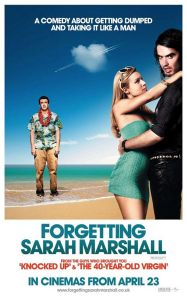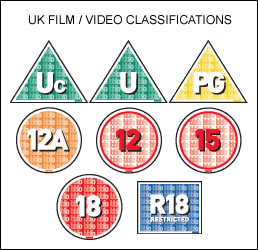Here is the trailer of an upcoming romantic comedy, Friends with Benefits. I have been analysing this trailer and seeing if it follows the codes and conventions of romantic comedies that I found when I was researching romantic comedies. I believe this trailer does follow most of the codes and conventions and it looks a really good film that I have been lured in to go and watch through watching the trailer.
The green screen is used at the beginning of every film to let the audiences know that this film is real and has been approved for the appropriate audiences and the rating that the BBFC has put on this film.
There is a variety of camera shots and angles used in this trailer. An establishing shot is used straight away to let the audience know where this film is taking place and the mise-en-scene that will occur throughout the film. A lot of two-person shots are used in this trailer because there is many conversations that occur and to show the interaction between the two people in the conversation, the two person shot needs to be used. A low angle shot is also used to show the female protagonist looking superior compared to the male protagonist.
These print screens show all the text and captions that are used throughout the trailer. The colours and the fonts are consistent throughout which is another convention of romantic comedies. I have also found that two colours are often used and that the background is almost always black to allow for the colours used to stand out against the black background.

































